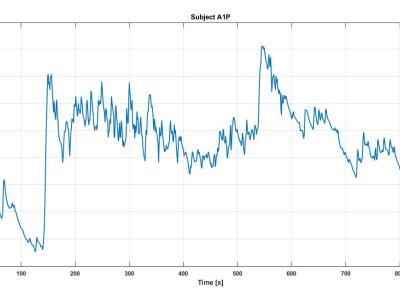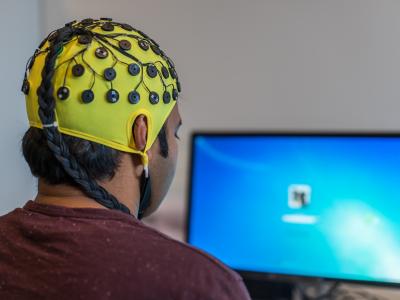
This dataset is for the performance verification of sEMG-based intention recognition algorithm with upper-limb position effect.
- Categories:

This dataset is for the performance verification of sEMG-based intention recognition algorithm with upper-limb position effect.

This database contains the 166 Galvanic Skin Response (GSR) signal registers collected from the subjects participating in the first experiment (EXP 1) presented in:
R. Martinez, A. Salazar-Ramirez, A. Arruti, E. Irigoyen, J. I. Martin and J. Muguerza, "A Self-Paced Relaxation Response Detection System Based on Galvanic Skin Response Analysis," in IEEE Access, vol. 7, pp. 43730-43741, 2019. doi: 10.1109/ACCESS.2019.2908445

The dataset is used to test the performance of encryption model

The data that we used to test the performance of different encryption methods

Two files are provided. In the first one, there are the power signals obtained from the current and voltage measurements made with our own acquisition system (with a sampling frequency of 5 kHz). They correspond to the switching on and off of 12 home electrical appliances randomly switched on and off during 1 hour by using relay modules and resulting in 1200 events.
In the second file, the time instants of these events are all reported.

The dataset comprises motion sensor data of 19 daily and sports activities each performed by 8 subjects in their own style for 5 minutes. Five Xsens MTx units are used on the torso, arms, and legs.

The data is a truth table of a 21-variable 1-resilient Boolean function with nonlinearity 1047680. You may also see the truth table at
http://web.xidian.edu.cn/wgzhang/files/20180821_093235.txt